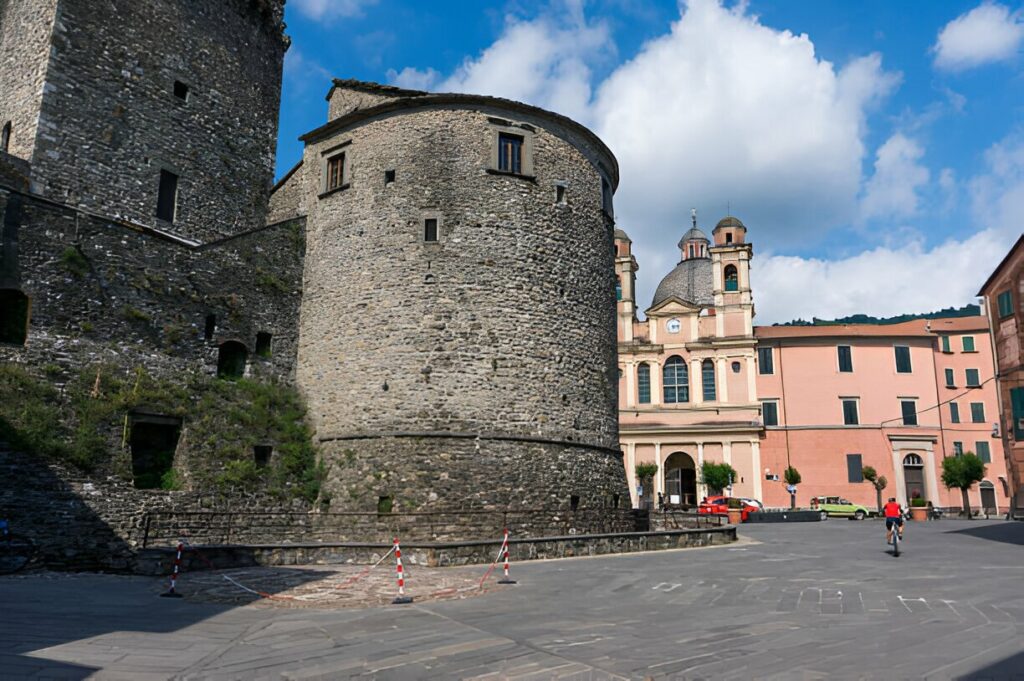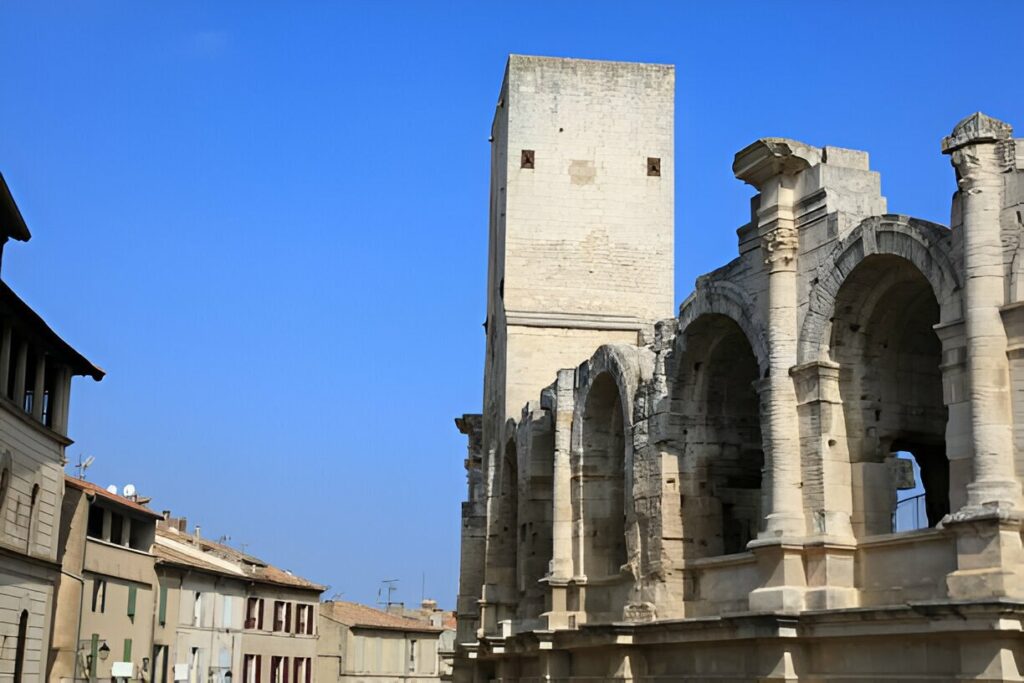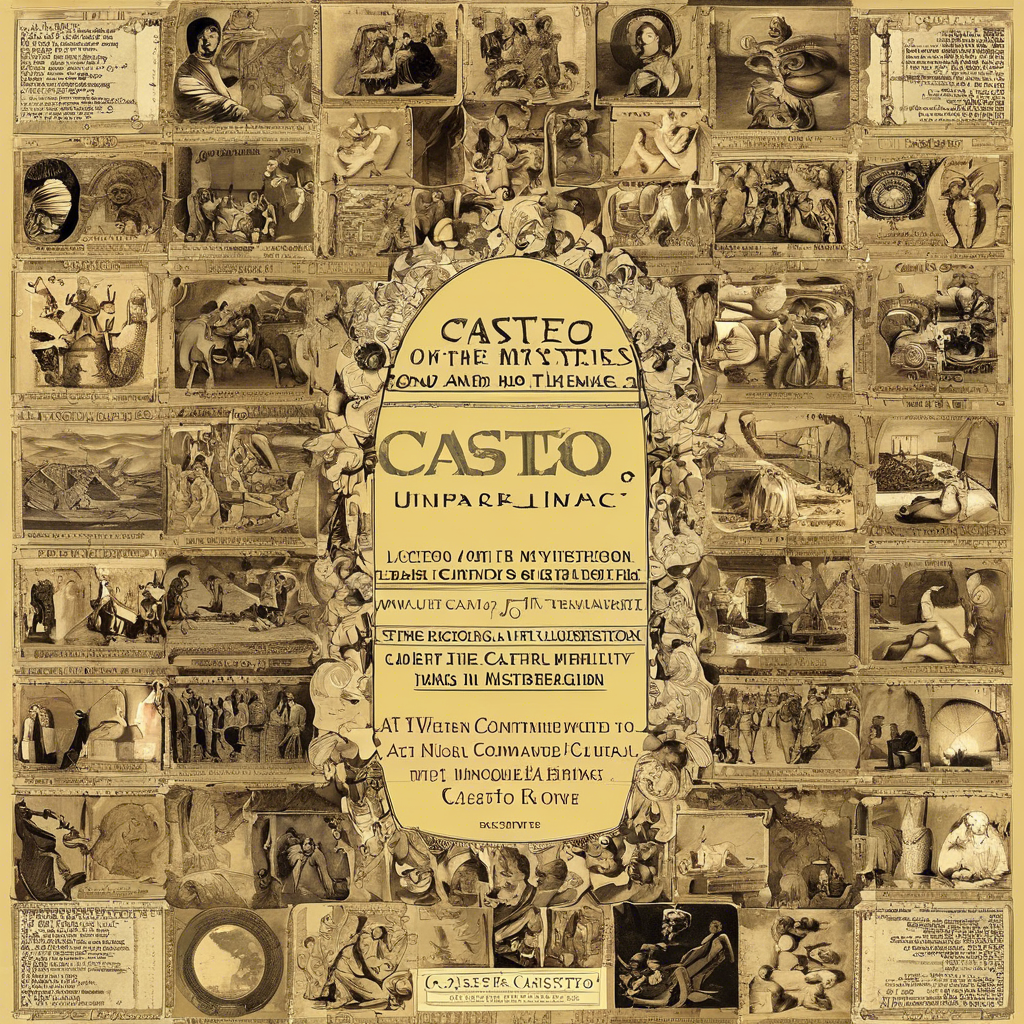Casteo, often shrouded in mystery, is a subject that commands attention for its rich historical background and its integral role in shaping cultural identities.
At the intersection of tradition and modernity, it provides a unique lens through which we can explore the complexities of societal structures and their evolution over time.
Its significance goes beyond the historical context, touching upon various aspects of cultural, social, and even political life in regions where it holds sway.
Understanding it, therefore, is not just an academic exercise; it’s a doorway to comprehending the nuanced dynamics that influence social interactions and cultural evolution in specific communities.
This article aims to decode the mysteries of casteo and examine its cultural impact from multiple perspectives.
Beginning with a detailed exploration of its historical context, it delves into how it shapes cultural identity, influencing everything from social practices to individual life choices.
The journey continues through the modern dynamics of casteo, exploring how contemporary issues and global influences are reshaping perceptions and realities of it.
The portrayal of it in the media and its role in narrative storytelling will also be scrutinized, before concluding with thoughts on the future trajectory of casteo.
Through this structured analysis, readers will gain a comprehensive understanding of it’s multifaceted nature and its enduring influence on both community and individual levels.
Historical Context of Casteò
Origins of Casteò
European-style castles, often referred to as casteò, began to emerge in the 9th and 10th centuries following the fragmentation of the Carolingian Empire.
This era saw territories divided among individual lords and princes, who constructed these fortifications to assert control over their surrounding areas. Initially, these structures served dual purposes: they were defensive sanctuaries against invasions and offensive bases for launching raids.
It’s strategic placement was crucial, often located on natural rises or near critical geographical features like rivers or mountain passes to exploit natural defenses.
Evolution Over the Ages
As the Middle Ages progressed, the architectural complexity and functions of casteò evolved significantly. From simple wooden palisades surrounding a camp, these structures transformed into the more sophisticated motte and bailey castles.
These castles featured a wooden tower on a motte (an artificial or natural hill) surrounded by a courtyard (bailey), which then evolved into stone shell keeps by the 12th century.
The Crusades played a pivotal role in further advancing castle architecture. Exposure to Byzantine fortifications and conflicts with the Saracens introduced new defensive features, such as polygonal shapes and strategically placed towers with arrowslits for enhanced protection and offensive capability.
This period marked a significant shift towards more durable stone constructions, reflecting advancements in military strategy and the increasing need for more permanent fortifications.
By the late 12th and early 13th centuries, the design of new casteò included features like polygonal or circular shapes with corner towers to provide enfilading fire.
This architectural evolution was not just driven by military needs but also by the aesthetic and symbolic expressions of power and wealth. The increasing scale and opulence of casteò mirrored the growing influence and status of their owners.
In summary, its historical context reveals a dynamic evolution influenced by political changes, military needs, and cultural exchanges across Europe.
From rudimentary wooden structures to grand stone fortresses, It have been a central feature of the landscape, reflecting the complex tapestry of Medieval European history.
Casteò and Cultural Identity
Casteò’s intricate tapestry weaves through the very core of societal and cultural dynamics, influencing and shaping the lives of individuals and communities.
This section delves into how it has molded social structures, traditions, art, and culture, reflecting its pervasive role in shaping societal norms and interpersonal interactions.

Regional Variations
At its core, It has played a critical role in defining social hierarchies and roles within communities. It has established a framework where roles and responsibilities are often predetermined, influencing one’s occupation, marital prospects, and social interactions.
This segmentation of society into distinct groups has fostered a sense of belonging and identity among members of the same caste while also creating barriers to social mobility and integration.
Despite the challenges posed by these divisions, communities have also leveraged Casteò to preserve unique cultural practices, languages, and knowledge systems.
Each caste or subgroup has contributed to the societal mosaic through distinctive traditions, culinary practices, and artisanal skills, enriching the cultural heritage.
Impact on Community Rituals
It has been a significant influence on the arts and culture, acting as both muse and medium. From classical dances and music that tell the stories of historical caste legends to the craftsmanship and artistry unique to certain castes, it has been instrumental in fostering and preserving cultural expressions.
These art forms not only serve as a repository of cultural memory but also as a means of resistance and commentary on social hierarchies and injustices.
Cultural festivals and rituals associated with it offer a window into the complex interplay of religion, caste, and social life.
These events, while reinforcing caste identities, also provide spaces for social cohesion, celebration, and the transmission of cultural values to future generations.
Modern Dynamics of Casteò
Influence of Globalization
Globalization has significantly reshaped the cultural landscapes across the globe, often diluting distinct cultural identities.
In the case of Casteò, the pervasive influence of Western culture, facilitated by globalization, has led to a homogenization of cultural expressions.
This phenomenon is evident in the widespread adoption of Western music, movies, and fashion, which tends to overshadow traditional cultural practices.
The erosion of these practices is not just a loss of cultural uniqueness but also a marginalization of local cultures that have historically enriched global diversity.
- Cultural Commodification: The global market’s dominance by Western powers has not only spread Western cultural forms but has also commodified diverse cultures, transforming rich cultural expressions into mere artifacts within the global marketplace.
- Technology’s Role: Advancements in technology, especially the internet and social media, have further accelerated cultural erosion. These platforms, while enhancing connectivity, also facilitate the rapid spread of global culture, often at the expense of local traditions and practices.
Adaptation to Modern Society
As societies evolve, so too must their cultural practices. While rooted in tradition, it faces the challenge of adapting to a rapidly changing world.
This adaptation is crucial not only for survival but also for the potential reinvigoration of it in modern contexts.
- Preservation through Innovation: Governments and communities can play a pivotal role in supporting local cultural industries such as music, film, and art. By providing subsidies and protective measures against overwhelming foreign competition, these entities help sustain cultural practices that are integral to Casteò’s identity.
- Embracing Modernity While Honoring Tradition: It is essential to strike a balance between embracing the benefits of modernity and preserving unique cultural identities. Efforts to safeguard cultural diversity should include promoting intercultural dialogue and learning, which can enrich all cultures involved.
It’s modern dynamics illustrate a complex interplay between the forces of globalization and the enduring value of cultural identity.
By navigating these dynamics thoughtfully, societies can preserve their heritage while also engaging constructively with the global community.

Casteò in the Media
Representation in Entertainment
Television shows, movies, and popular culture play a crucial role in shaping societal perceptions, often reinforcing traditional caste roles and perpetuating biases.
The portrayal of caste in media has significant implications, as it can either challenge stereotypes or contribute to their persistence.
For instance, certain roles often depict individuals from specific castes in a stereotypical manner, which can reinforce outdated perceptions and hinder societal progress.
Stereotypes and Biases
- Impact on Self-Esteem and Identity: Research indicates that prolonged exposure to certain types of media representations can affect self-esteem differently across demographic groups. For example, studies have shown a decrease in self-esteem among girls and black boys, while white boys may experience an increase, largely due to the portrayal of powerful, positive roles predominantly occupied by white males.
- Perpetuation of Racial and Caste Stereotypes: Media often utilizes stereotypes that can lead to skewed perceptions and treatment of different racial and caste groups. For instance, the portrayal of Native Americans as mascots or Latinx individuals in contexts associated with unemployment and crime can reinforce harmful stereotypes and affect public opinion and policy.
- Influence on Public Perception and Policy: The media’s portrayal of various groups can influence not only individual attitudes but also public policies. Stereotypical media portrayals can lead to support for harsher punishments for people of color, demonstrating the significant impact of media on societal norms and laws.
- Strategies for Change: Addressing these issues requires a concerted effort to promote media literacy, encouraging audiences to recognize and question stereotypes. Additionally, the media industry can implement strategies from psychological research to diminish stereotyping, such as presenting diverse and complex characters from various backgrounds.
By critically examining the roles media plays in perpetuating or challenging caste stereotypes, individuals and communities can begin to advocate for more responsible and inclusive media practices.
This shift is essential for fostering a more equitable society where media becomes a tool for positive social change rather than an echo chamber of outdated stereotypes.
Future of Casteò
Challenges Ahead
Navigating the complexities of caste in the modern world presents significant challenges that require a multi-faceted approach.
Efforts must focus on leveraging technology for positive change, fostering generational shifts in attitudes, and critically evaluating the impact of affirmative action.
Legal frameworks must also evolve to support the movement towards equality and justice. Despite progress in laws and social reform initiatives, fighting caste prejudice remains difficult, particularly in rural regions where long-held misconceptions still influence interpersonal communications, perpetuating preconceptions and inequalities.
- Enforcement of Anti-Discrimination Laws: Although laws exist to prevent discrimination based on caste, their enforcement is often challenging, especially in less accessible areas.
- Cultural Resistance to Change: The intersection of tradition and development creates a dynamic conflict. While there is a rising consciousness about the need for transformation, traditional views of caste still persist, complicating efforts to combat prejudice and foster dialogue.
Potential Reforms and Solutions
The path forward involves a collective effort to understand the nuances of caste, engage in open and inclusive dialogues, and implement policies that reflect a commitment to social justice and human rights. Projects that aim to bridge caste divides are crucial in this endeavor.
- Education and Awareness: Educational initiatives that promote social awareness and equality are vital. These programs should aim to dismantle barriers and empower underprivileged populations, helping to ensure that caste no longer dictates one’s opportunities or dignity.
- Economic Opportunities for All: Ensuring that economic opportunities are available to everyone, regardless of caste, can help build a more equitable society. This approach involves both government intervention and community support to create inclusive environments.
- Media and Popular Culture: Utilizing media portrayals and popular culture to open conversations about caste can also be an effective strategy. By presenting more nuanced and diverse narratives, media can play a role in changing perceptions and fostering a more inclusive society.
Collective efforts towards understanding, empathy, and social justice are essential for transforming the legacy of caste into a force for unity and progress.
By embracing these challenges and implementing thoughtful reforms, the future of caste can be one of equality and diversity, where cultural heritage is celebrated without discrimination.

Conclusion
Throughout this exploration of casteo, we have traversed its historical roots, navigated its cultural significance, and contemplated its modern manifestations and challenges.
The journey reveals the profound impact, it has had on shaping societal structures, cultural identity, and individual lives.
By understanding its dynamic evolution and acknowledging its complex role in both historical and contemporary contexts, we invite a deeper comprehension of its intertwined implications for social, cultural, and political spheres.
Looking ahead, the dialogue on casteo’s future emphasizes the importance of education, inclusion, and legal reforms in overcoming longstanding barriers and biases.
The potential for positive change lies in collective efforts to foster understanding and dismantle the anchors of discrimination, propelling societies toward a more equitable and enriched cultural landscape.
As we reflect on the insights garnered, it becomes clear that the path forward is paved with challenges yet offers a beacon of hope for transforming it’s enduring legacy into a testament of human resilience and unity.


